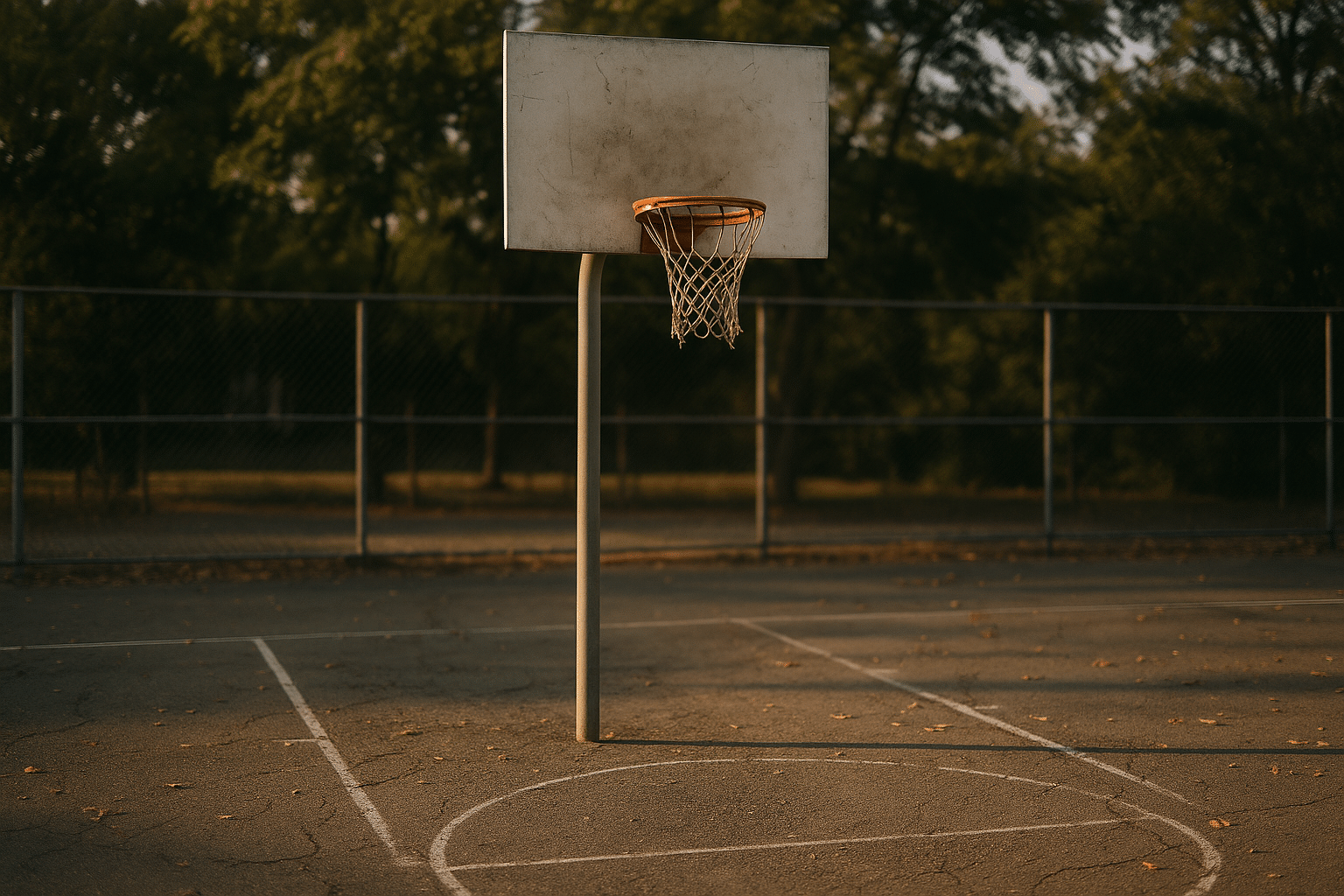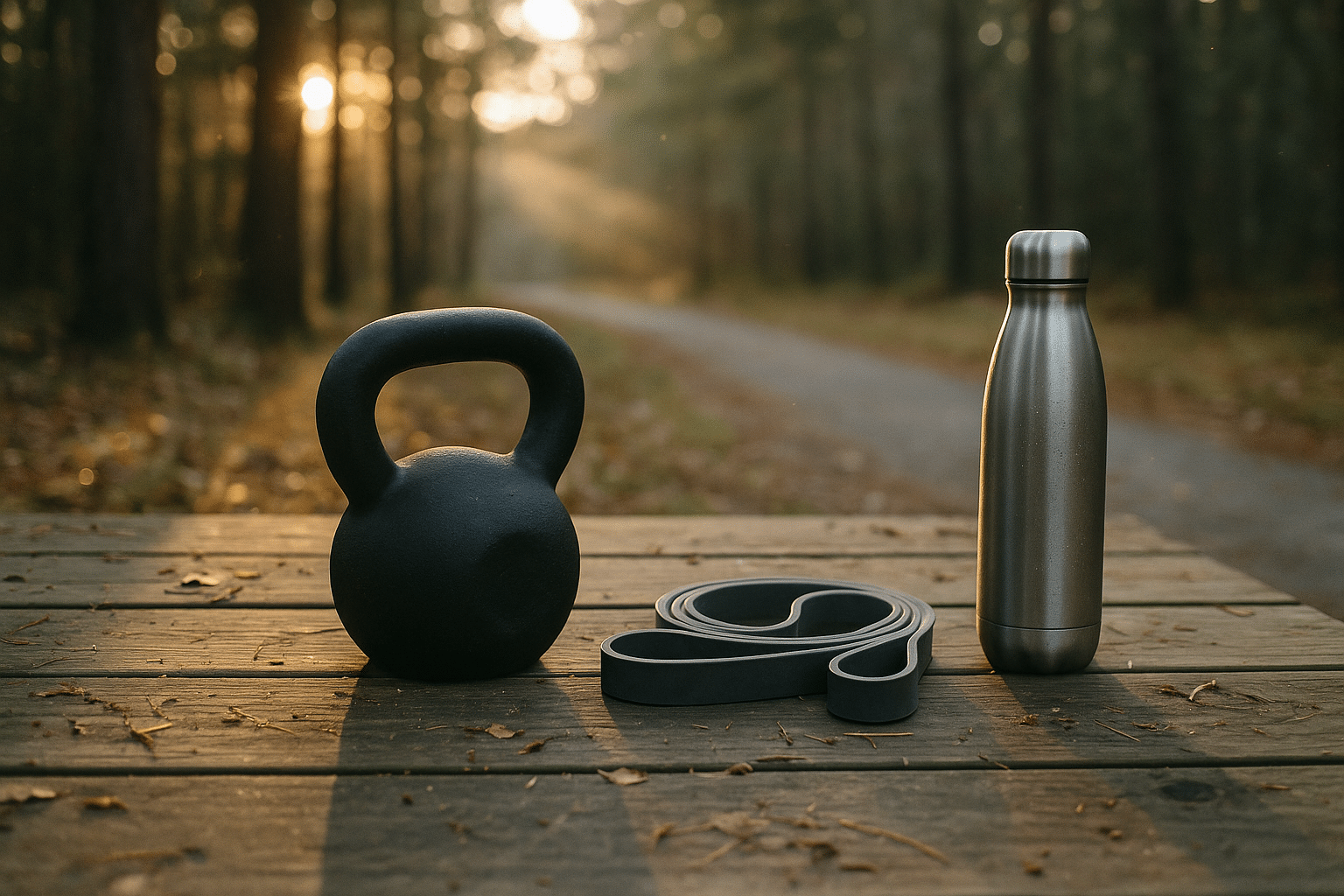
Exploring Basketball: Updates and Strategies in the Game
Outline
– The game’s foundations: rules, court geometry, pacing, and why basketball travels well worldwide
– Skills and preparation: shooting mechanics, ball handling, footwork, conditioning, and injury reduction
– Modern strategies and updates: spacing, pace, defensive schemes, analytics, and in-game adjustments
– Closing guidance for players, coaches, and fans
Introduction
Basketball is a fast, strategic, and remarkably accessible sport. A rectangle of hard surface, a hoop with an orange rim, and a ball are all it takes to create a shared language understood in school gyms, neighborhood parks, and elite arenas. The game has grown in popularity because it compresses creativity and teamwork into short sequences: a quick cut, a timely screen, a snap pass that turns defense into offense. Today, the sport continues to evolve through analytics, technique refinements, and thoughtful rule updates designed to keep the action fluid. This article explores what makes basketball work—how its rules shape play, how players build reliable skills, and how tactics and trends redefine the court in real time.
The Game’s Foundations: Court Geometry, Rules, and Global Appeal
Basketball’s structure is both simple and nuanced. Two teams aim to outscore each other by putting the ball through a raised hoop. The core idea—move, pass, shoot—invites both spontaneity and discipline. A shot clock encourages pace, eliminating long, stagnant possessions. Fouls and free throws add a layer of risk-reward management, where defenders must balance pressure with control. While specifics vary by rule set, the court typically measures about 28 by 15 meters or roughly 94 by 50 feet, and the three-point arc ranges near 6.75 to 7.24 meters from the basket, with corners often slightly closer. These dimensions are not trivial: they govern spacing, angles, and the power of a single step.
The court’s geometry is the sport’s silent meta-coach. The distance from the arc to the rim, the space between lanes, and the room in the corners create natural traffic patterns. A screen set a half-meter deeper can change a defender’s angle and open a pocket pass. A shooter stationed in the weak-side corner widens the defense, stretching help rotations. Even the painted area dictates where contact is most likely to occur—and where smart teams probe for high-percentage looks.
Why does basketball thrive globally? It offers a rare blend of accessibility and expressiveness. All you need is a hoop and a ball, making informal play widespread and inexpensive. The game fits nearly anywhere: schoolyards, community centers, outdoor courts tucked beneath overpasses. Its rhythm—rebounding, outlet passing, and transition—feels like a conversation that anyone can join. Consider how shared constraints lead to shared creativity: playing on a slightly sloped driveway or a breezy outdoor court teaches arc control and footwork in ways that polished floors do not.
A few pillars explain its enduring appeal:
– Low barrier to entry: a single hoop can host solo practice or a full game.
– Clear scoring incentives: shots at the rim and from beyond the arc have distinct value, creating intuitive decision-making.
– Continuous feedback: every possession teaches timing, spacing, and shot selection, even for beginners.
In top professional play, the three-point attempt rate has climbed markedly over the past decade, rising from about one-fifth to well over one-third of field-goal attempts in many competitions. This shift is the logical outcome of court geometry plus data: three points from a slightly tougher shot can be more efficient than two points from a contested mid-range jumper. As athletes and coaches test the limits of space and speed, the “why” behind basketball’s rules becomes visible—the game rewards skill, timing, and intelligent risk.
Skills and Preparation: Mechanics, Footwork, and Sustainable Performance
Shooting remains the most prized skill, and its fundamentals reward consistency. A balanced stance with feet under the hips, a relaxed guide hand, and a smooth, repeatable release create reliable outcomes. Many accomplished shooters aim for an arc near the mid-40s in degrees, paired with a soft, slightly backspin-heavy trajectory. Release times in fast situations often live around half a second, which is why compact mechanics are crucial. The goal is controlled simplicity: a stable base, quiet head, and aligned elbow-to-rim pathway.
Ball handling is not just about flashy moves; it is a language for creating separation at the exact moment a window opens. A reliable crossover sets up a hesitation; a jab step into a retreat dribble resets the defender’s hips. Footwork is the hidden engine behind these moves. Think of:
– One-two step into a shot to sync lower and upper body.
– Stride stops and jump stops for balanced deceleration.
– Inside-foot pivots to maintain live-dribble options and passing angles.
Finishing at the rim benefits from reading the second defender, not just the primary matchup. Floaters, runners off one foot, and inside-hand layups reduce the time the ball is exposed. On drives, changing pace—slow to fast, then a sudden gather—often outperforms a single gear of speed. Rebounding is equally about timing and leverage: a decisive first step, a well-timed box-out, and a quick second jump frequently beat taller opponents.
Defense builds from stance and anticipation. An active base with toes slightly outward allows quick hip turns, while “showing chest” on drives can discourage contact-heavy finishes. The most effective defenders combine:
– Early communication on screens and exchanges.
– Hand discipline to avoid fouls while contesting.
– Anticipation of passing lanes rather than gambling for steals.
Conditioning reflects basketball’s repeated sprints and short recoveries. Interval work, change-of-direction drills, and acceleration-deceleration training match game demands. Strength training supports joint integrity and force production; landing mechanics and single-leg stability help with knees and ankles, two common areas of stress. Recovery habits—sleep, hydration, balanced nutrition, and mobility—stitch the entire program together. Many teams track workloads to adjust intensity and reduce overuse risk, which is especially important during dense schedules.
Analytics inform skill priorities. Effective field goal percentage credits the extra value of threes, while points per possession and shot-quality models separate good process from hot streaks. For example, a player who trims a few long, off-balance mid-range attempts in favor of corner threes and paint touches may lift overall efficiency without increasing shot volume. The modern player does not just train harder; they train smarter, aligning mechanics, footwork, and shot selection with how the game actually rewards performance.
Modern Strategies and Updates: Spacing, Pace, and Defensive Counters
Tactics have surged forward as coaches adapt to deeper shooting and faster play. Spacing is the anchor: placing reliable shooters in both corners widens help, making closeouts longer and rotations riskier. The pick-and-roll remains a staple, but its variations tell the real story. Teams blend angled screens, short-roll playmaking, and dribble handoffs to unsettle defenses. A short roll to the nail (the center of the free-throw line) creates a two-on-one with a corner shooter and a dunker spot finisher; the defense must choose, and modern offenses are skilled at punishing either decision.
On defense, schemes revolve around priorities. Switching exchanges assignments to prevent open threes, but can yield mismatches inside. Drop coverage keeps the big closer to the rim, inviting pull-up twos while protecting layups. Aggressive hedges or traps force the ball out of the primary handler’s hands but risk behind-the-play breakdowns if rotations lag. Coaches mix these ideas situationally, guided by scouting and in-game data. Consider the trade-offs:
– Switch: limits threes and driving lanes but may concede post-ups.
– Drop: protects rim and defensive rebounding position but invites mid-range pull-ups.
– Blitz/Trap: disrupts rhythm but demands crisp backside rotations and tagging rollers.
Zone and matchup-zone defenses resurface when man-to-man containment falters. They can flatten pick-and-roll actions and bait indecisive perimeter passing. The counter is purposeful movement: overloads, high-post flashes, and drive-and-kick sequences that force zones to collapse and recover. Against switching, offenses hunt favorable angles with slip screens, ghost screens (fake screens that flow into a cut), and re-screens to flip the defender’s top foot. Against drop coverage, pull-up shooters and short-roll facilitators become central figures.
Pace has climbed in many competitions, not only because of fast breaks but also due to early offense—actions started within the first seven seconds. Early drag screens in transition, pitch-ahead passes to corners, and quick post seals exploit defenses before they are organized. Recent rule emphases in some leagues have also targeted transition take fouls, tilting incentives toward open-floor play and more dynamic fast-break finishes. The result is a livelier product with more possessions, more threes, and more space to attack.
Analytics bridge philosophy and execution. Shot charts reveal “gravity”—how far defenders stretch to respect a shooter—and lineup data clarifies which combinations yield high points per possession while staying structurally sound on defense. Coaches increasingly track touch time, drive frequency, and paint touches to judge whether their offense is generating quality looks. On defense, staff may monitor opponent pass types, corner-three volume allowed, and rim contests to refine help principles. The new edge comes from integrating numbers into teaching: film clips paired with simple metrics that players can understand in seconds.
Trends do not move in only one direction. As lineups grow smaller to chase speed and spacing, counter-trends surface: bigger wings who can post mismatches, crash the glass, and protect the rim without sacrificing mobility. The most resilient teams carry multiple identities, capable of slowing the game with deliberate half-court actions or igniting a pace war off every defensive rebound. Strategy, like the ball itself, keeps bouncing—forcing everyone to adapt.
Conclusion: Turning Insight into Action for Players, Coaches, and Fans
Basketball rewards clarity. For players, that means anchoring daily work in repeatable mechanics, decisive footwork, and shot selection that matches how the court actually pays you back. For coaches, it means teaching spacing rules, building a defensive identity that fits personnel, and using simple metrics—effective field goal percentage, points per possession, and paint touches—to sharpen practices and game plans. For fans, it is an invitation to watch the off-ball screens, the corner lift on a drive, and the subtle footwork that turns a contested shot into a clean look.
The game continues to evolve through smarter training, thoughtful rule updates that protect pace, and evidence-based strategy. Embrace that evolution. Test ideas in practice, track what moves efficiency, and refine. With a hoop, a ball, and a plan grounded in the geometry of the court, anyone can find a pathway into the sport’s rhythm—and feel the satisfying swish that keeps the world coming back for more.


